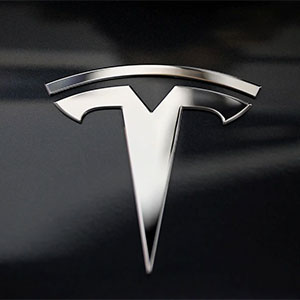Category: EV Tax Credit
Tesla Implements Overdue Price Cuts
 Rather than fight it out with the U.S. government over whether a standard Model Y is a cross-over or an SUV, which would make it ineligible for the $7,500 federal tax incentive, Tesla recently enacted over-due price cuts on the Model Y, as well as its entire product line. With a 31 percent price reduction on a base level Model Y (inclusive of the tax credit) Tesla is now better positioned to retain its leading market share of EV sales in the U.S., which currently stands at 65 percent.
Rather than fight it out with the U.S. government over whether a standard Model Y is a cross-over or an SUV, which would make it ineligible for the $7,500 federal tax incentive, Tesla recently enacted over-due price cuts on the Model Y, as well as its entire product line. With a 31 percent price reduction on a base level Model Y (inclusive of the tax credit) Tesla is now better positioned to retain its leading market share of EV sales in the U.S., which currently stands at 65 percent.
The move recognizes the unsustainable 30 percent-plus rise in Tesla’s list prices over the last two years brought about by supply chain bottlenecks and component shortages coming out of the global pandemic. Rather than rely on Tesla’s generous pricing umbrella, competitors will have to follow suit. The next battleground will be the composition of battery materials and critical minerals thresholds required to qualify for the full federal credit.
At the start of the New Year, Tesla’s core EV models, the Model 3 sedan and Model Y small SUV, became eligible for a U.S. federal income tax credit for the first time in over two years.
The most important price cut was on the base-level Model Y, which was reduced from $65,990 to $52,990—a 20 percent reduction. When factoring in the $7,500 federal tax credit, the price cut amounts to a 31 percent reduction in price. At its new price point, the base level Model Y for the first time fits comfortably within the $55,000 cap for passenger cars and cross-overs.
Over the last two years, Tesla Model 3 prices rose by over 30 percent, as component shortages and supply chain bottlenecks drove prices higher both during and immediately following the end of the pandemic in the U.S. These price increases were unsustainable, and inconsistent with growing the EV market further. The new Model Y price opens up an entirely new segment of buyers unable to afford a $66,000 car, and makes Tesla’s pricing more consistent with the intent of the Inflation Reduction Act, whose goal was to stimulate demand for non-carbon emitting vehicles, while making EVs more affordable. The previous federal tax credit had income limits, and some lawmakers complained that it subsidized EV purchases only by the wealthy. With a $125,000 single tax payer, $150,000 head of household, and $300,000 joint household income limit, the new tax credit opens up the market to a new demographic that may not have considered an EV purchase previously.
It will be interesting to see whether Tesla will be able to keep up with demand. The Model Y and Model 3 together account for about 65 percent of the EV market in the U.S. At the end of 2022, Tesla was just getting started in the ramp-up of its Austin Texas factory, which was said to be producing about 12,000 Model Ys per month. In Austin, production is limited to the Model Y. The ramping of production means that Tesla will achieve greater scale economies as time progresses, particularly as component shortages and supply chain bottlenecks continue to improve.

